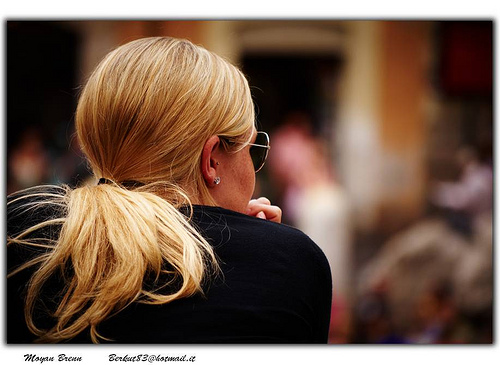Sony Ericsson
Phone that becomes laboratory medical equipment medical missions and remote rural areas only can treat patients based on the symptoms that they describe, or that they themselves observe. But, according to this article published by CNN, this could change in the near future thanks to a mobile phone become mobile medical laboratory.Professor Aydogan ozcan, UCLA, has used an ordinary telephone of Sony Ericsson, and adding a few generic parts available in you market, and they cost less than $50, has managed to produce an extraordinary image showing the thousands of cells present in a small sample of fluid as it is human blood. It is a new way of obtaining images of cells and bacteria, said ozcan, teacher assistant of the Department of electrical engineering at UCLA. While other small imaging systems use a cumbersome optics, the invention of his team offers a real miniaturization of a laboratory, since there is no lens and the results are fast and accurate, said. The device, called LUCAS, uses a short wavelength blue light to illuminate a sample of liquid blood, saliva or other fluid in a laboratory dish. LUCAS captures the image in a mobile phone chip. If the phone has a program of algorithms, posted much faster or microparticles that a human is capable.
The image it can be sent also via wireless to a computer to scan it and return a text message with the results. For example, the count of CD4 amount of T lymphocytes in a person’s blood can determine whether a patient with HIV has AIDS; or a count of red blood cells pede help determine if a patient has anaemia or could suffer from malaria. The holograms produced by the camera are fuzzy and can not be read by the human eye. Doctors still need microscopes to examine a sample of a patient. The different types of cells have different forms, depending on this, the LUCAS system counts the cells using an algorithm developed by the UCLA team. According to ozcan, the generated report has a 90% accuracy. This test is not intended to replace sophisticated optics, but the device could offer a preliminary diagnosis quickly in areas of difficult access, such as remote villages in sub-Saharan Africa, where HIV rates are the highest in the world. What makes it valuable is that it is small and cheap, said Skip Garner, Professor of Biochemistry and internal medicine at the University of the southwest of Texas, in Dallas. According to Garner, the research is in its infancy, and when it is a little more elaborate, they emerge great amount of applications.
